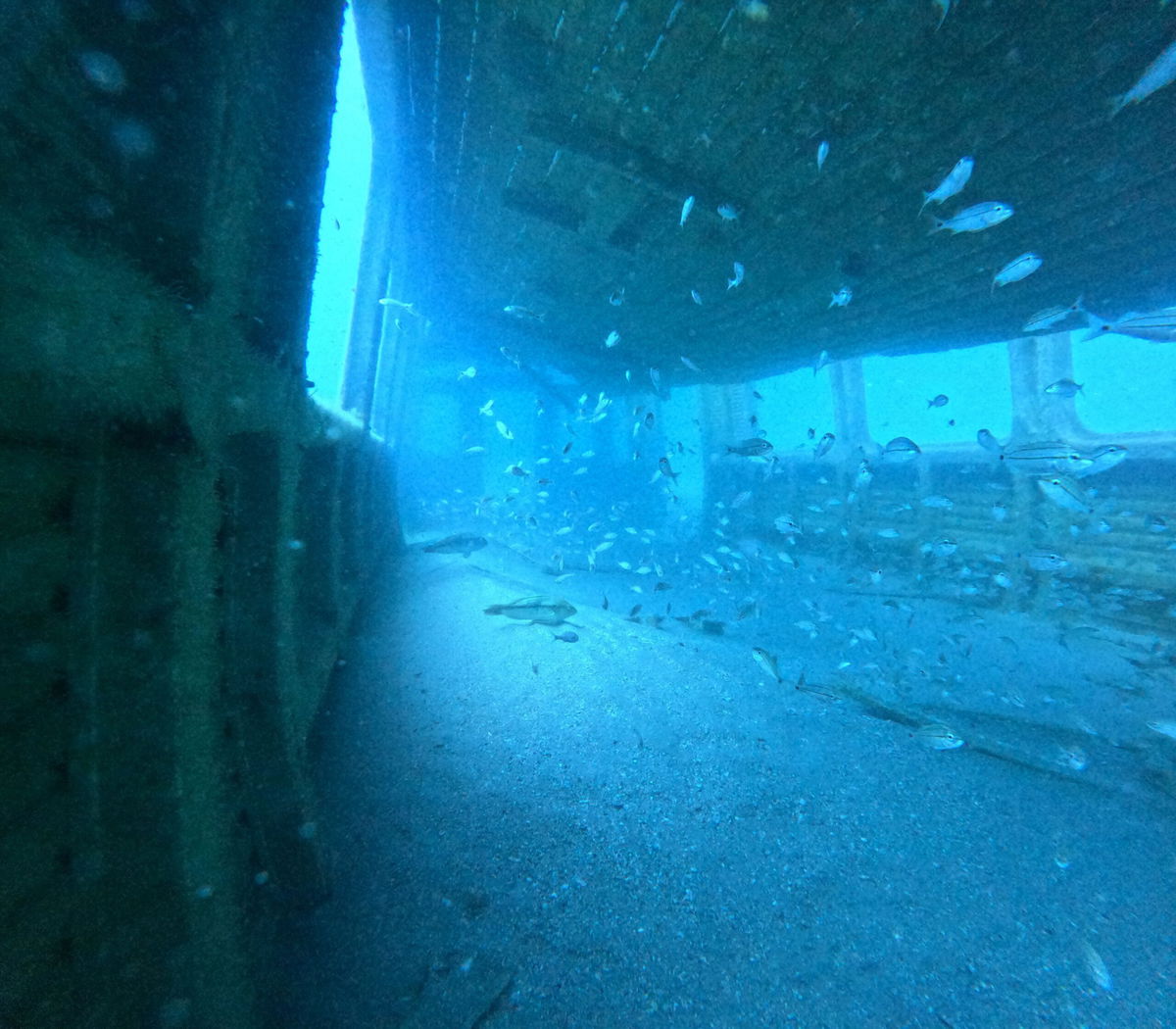Atlanta’s subway cars are now home to endangered sea turtles and coral reefs

Sunken MARTA railcars have a new use underwater.
(CNN) — Railcars once filled with hustling commuters in the city of Atlanta are now 65 feet below the Atlantic Ocean filled with inquisitive fish, sea turtles and coral.
At the end of last year, the Metropolitan Atlanta Rapid Transit Authority (MARTA) dumped two railcars off Georgia’s coast as part of a program to develop reef habitats and marine wildlife with the Georgia Department of Natural Resources (DNR) Reef Project.
Any hazardous materials were removed first, and they were inspected by the US Coast Guard.
In August, the DNR Coastal Resources Division made its first dive to check on the cars and discovered soft coral beginning to grow and at least nine species of game fish.
“The artificial reef is looking great, and we are encouraged by the amount of coral growth and marine wildlife activity,” Cameron Brinton, a marine biologist with DNR’s Coastal Resources Division said, according to a press release from MARTA.
“You’ll notice one of the railcar roofs has collapsed, which is typical, and we’ll see more changes to the railcars over time as they become part of the essential marine habitat for sea creatures, including popular sport fish and endangered sea turtles,” Brinton added.
Subway cars aren’t the only unusual objects scuba divers and anglers can find in what’s known as Artificial Reef L about 23 nautical miles east of Ossabaw Island.
There are also U.S. Army M-60 battle tanks, barges, tugboats and even New York City subway cars.
The reef was first created in 1976 and is part of a network of 32 offshore reefs, according to MARTA.
But the practice of dumping manmade materials into the ocean to create artificial reefs dates back centuries.
In the 1700s Japanese fisherman were known to sink old vessels and rocks into local waters to improve fishing, according to the Georgia Department of Natural Resources.
The DNR warns of dangers to divers who’d like to explore the sunken railcars as the reefs were constructed “primarily to create fisheries habitat and provide offshore angling opportunities. Wrecks and other reef materials become unstable over time and collapse.
“For divers, entanglement and entrapment are real dangers that are unavoidably associated with artificial reef structures.”
The-CNN-Wire
™ & © 2024 Cable News Network, Inc., a Warner Bros. Discovery Company. All rights reserved.